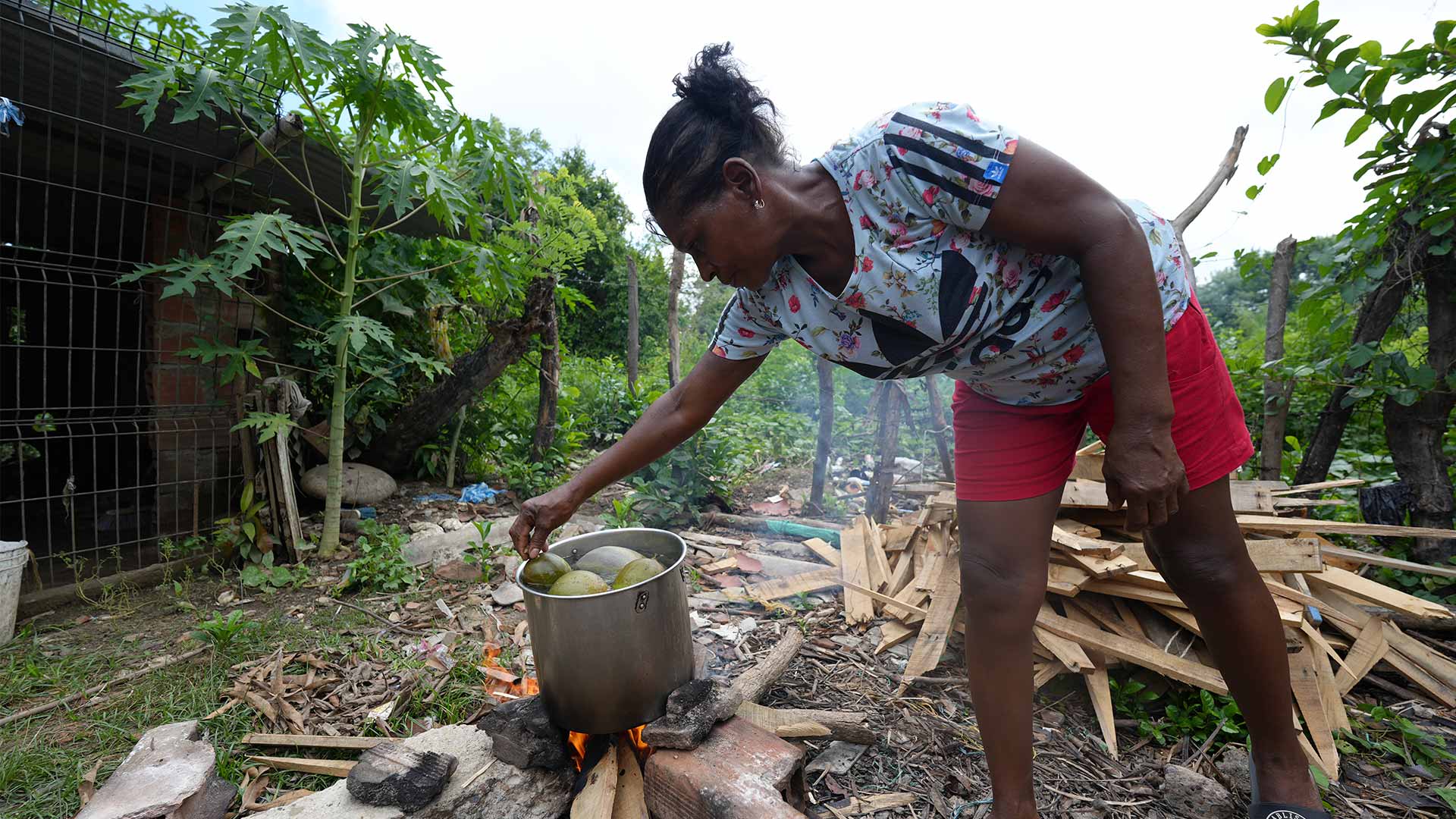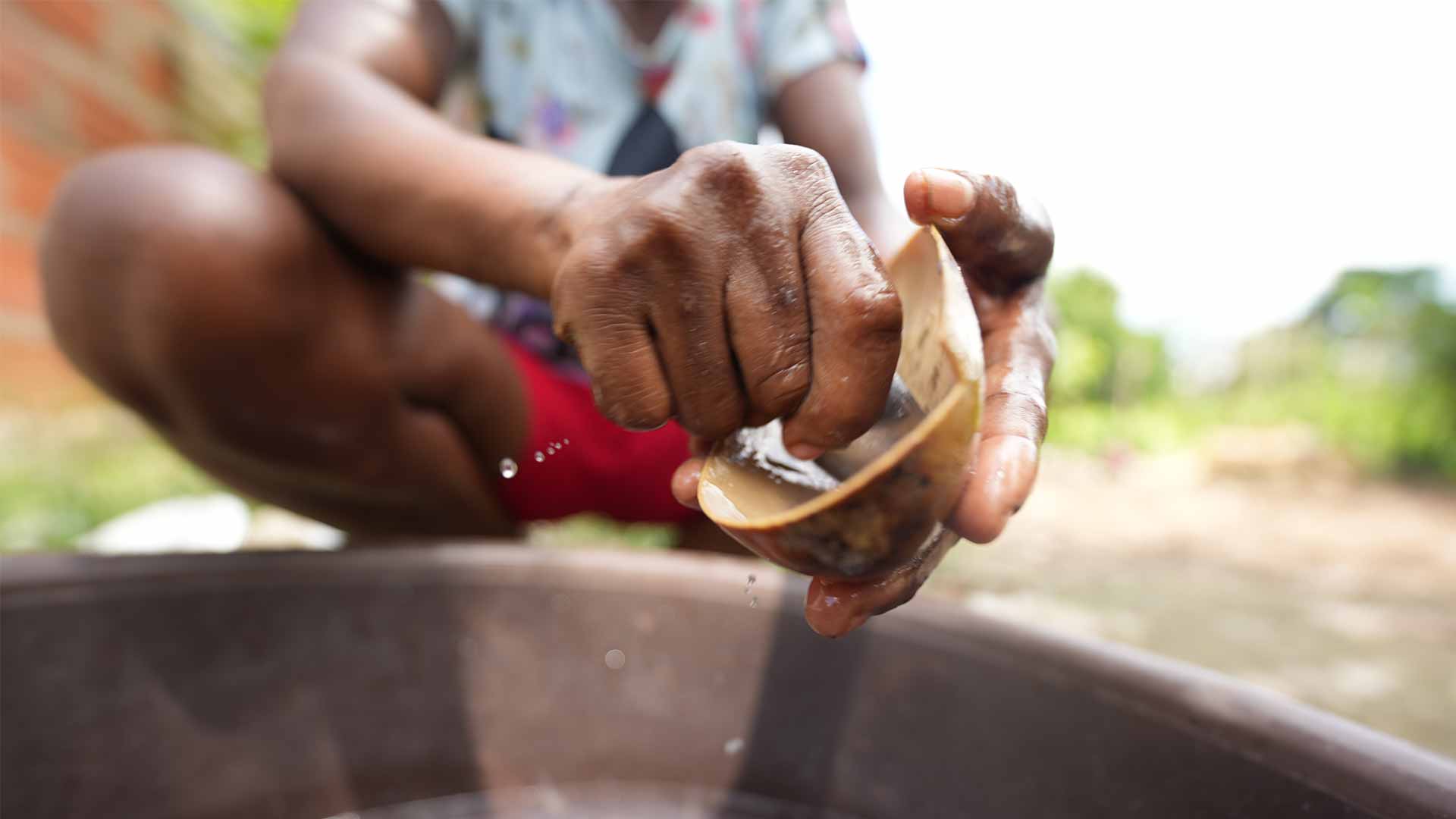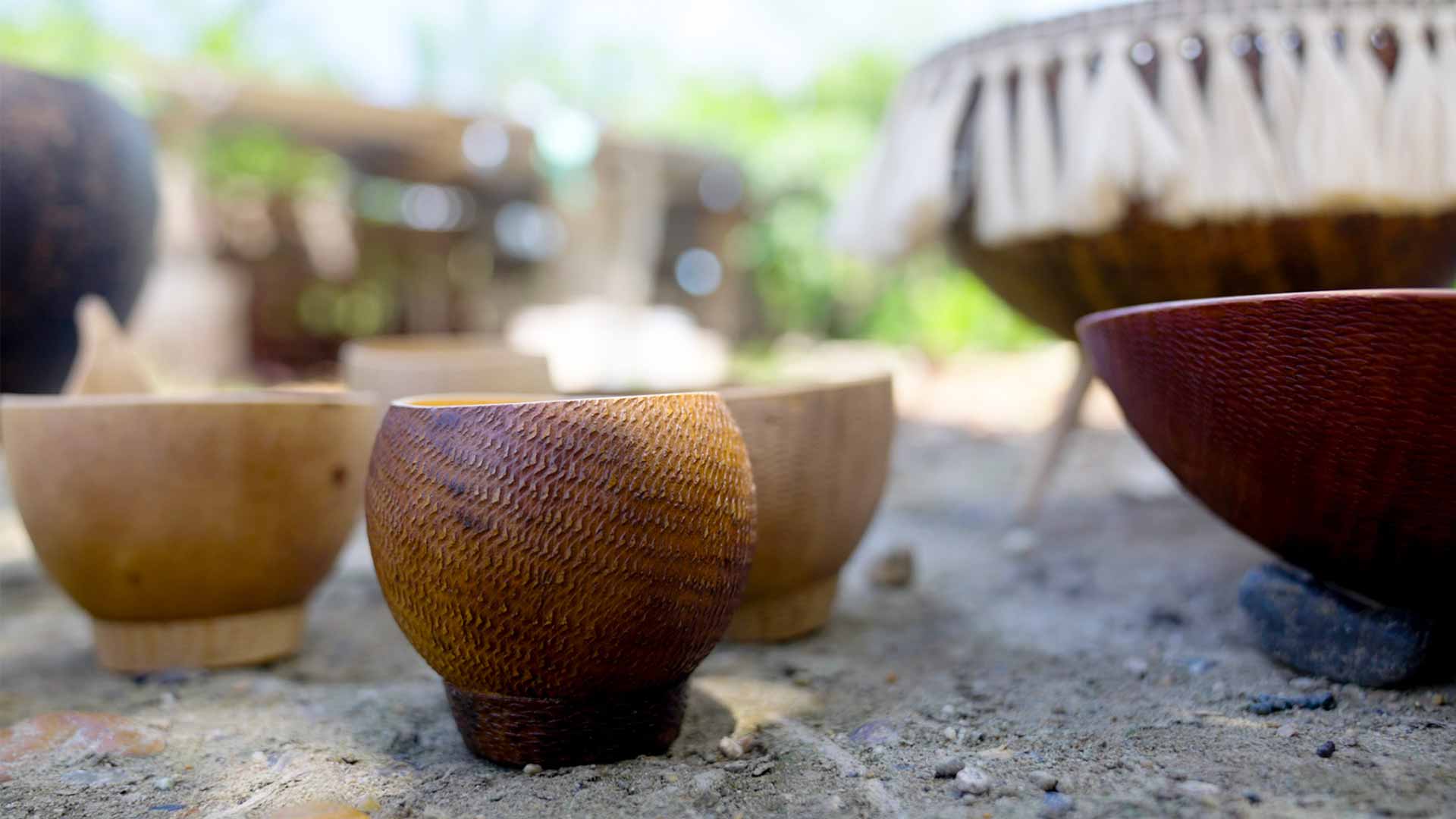
Totumo, an ancestral fruit from Colombia
Although plastic has invaded our daily lives, some people still preserve ancestral traditions that respect the environment. Such is the case of Esmeralda and Miguel, two craftsmen living in the heart of a small community north of Cartagena, who devote their lives to fashioning unique pieces from a fruit with a thousand virtues: totumo.
A long-standing tradition
Historically, the region’s indigenous peoples used totumo daily to make kitchen utensils, medicinal remedies, household ornaments and even animal feed. Every Colombian household had its own fruit tree in the garden, which produced fruit throughout the year. However, this ancestral tradition has gradually disappeared with urban growth.
Nevertheless, within the Pontezuela community cooperative, Esmeralda still works the totumo and keeps the tradition alive, as do all the artisans in the group. Between them, they produce a large number of objects from this mythical fruit, which they still harvest today.

Totumo and the manufacturing process
Totumo comes from a tree native to tropical America that grows in the northern region of Colombia. It can be shaped into a wide variety of objects, unlike other one-size-fits-all fruits. When the fruit is ripe, it is ready to be harvested.
After harvesting, the fruit is boiled for around 50 minutes, hardening the shell for maximum durability. Once fully cooked, the fruit is cut in half, drained and placed in the sun for two days.

“Every part of the fruit is precious. The pulp and seeds are used to feed our animals, from roosters to pigs, and even to concoct natural flu remedies. Nothing goes to waste,” exclaims Miguel.
However, Miguel confides in us a current challenge facing the cooperative today: “In the past, it was very easy to pick the totumo because the trees grew everywhere. Today, it’s more complicated as population densification pushes people out of the city and more and more land is being cleared to build houses.” Miguel points out.

Fortunately, Miguel and Esmeralda are still able to obtain supplies. However, they remain aware that they are not immune to a possible major reduction in the availability of raw materials in the region. For the time being, their production enables them to create jobs in the community and improve the neighborhood’s economic situation. The villagers still use totumo objects in their homes too, just as their ancestors did. At the same time, Esmeralda has noticed a trend among environmentally conscious young people to rediscover the use of totumo and integrate it back into their daily lives.


Meeting Esmeralda and Miguel allowed us to discover the region’s ancestral heritage and, above all, to see that there are still people committed to preserving traditions despite today’s challenges.
To discover the cooperative’s products, visit the Instagram account @crescentiarte

The exhibition that brings together solutions to do without plastic
The Plastic Odyssey Treasure Trunks bring together alternatives and solutions from around the world to reduce plastic pollution in the ocean.
